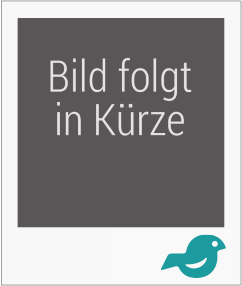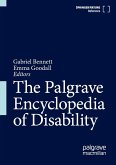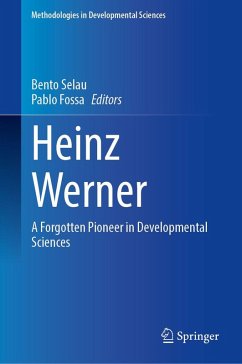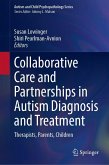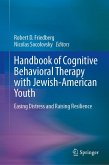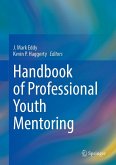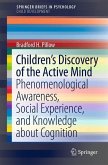This book is about metalinguistic awareness (MLA), a broad area whose relevance has been acknowledged by several disciplines. The authors treat the topic from three main perspectives: developmental, methodological, and clinical. They begin by outlining the main historical developmental models and the way metalinguistic development is intertwined with such factors as literacy, bilingualism, executive function, and Theory of Mind. They then proceed to consider a series of methodological issues related to the assessment of MLA based on the possible variation of research objectives, tools, and designs, and finally face the metalinguistic challenges experienced by children and adults with neurodevelopmental disorders. Throughout the three sections of the book that develop these perspectives, a common thread can be recognized, which justifies the title: The metalinguistic mind . By this expression, the authors mean a way of reasoning on form/content relationships that applies transversally to phonological, morphological, syntactical, semantic, and pragmatic aspects of language.
This process begins at preschool age with active forms of curiosity about forms and meanings of words, using explicit language to comment on language, often revealing an awareness of conflicts between linguistic forms, and showing the need to find consistent solutions to reconcile these linguistic conflicts. This argumentative attitude goes much beyond the application of linguistic rules or the use of metalanguage, and may manifest itself even when unrequested. The authors insist on the conflictual aspect inherent in all metalinguistic tasks. Accordingly, metalinguistic assessment should point to the consistency with which these conflicts are reconciled on explicit grounds. This is where metalinguistic development and methodology can converge, on the condition that both researchers and examiners bring to light those capabilities to argue about structural aspects of language. Lastly, even in the clinical conditions described by the authors, despite evident language difficulties, recent treatments have shown very interesting possibilities to enhance basic linguistic abilities and promote further improvem
This process begins at preschool age with active forms of curiosity about forms and meanings of words, using explicit language to comment on language, often revealing an awareness of conflicts between linguistic forms, and showing the need to find consistent solutions to reconcile these linguistic conflicts. This argumentative attitude goes much beyond the application of linguistic rules or the use of metalanguage, and may manifest itself even when unrequested. The authors insist on the conflictual aspect inherent in all metalinguistic tasks. Accordingly, metalinguistic assessment should point to the consistency with which these conflicts are reconciled on explicit grounds. This is where metalinguistic development and methodology can converge, on the condition that both researchers and examiners bring to light those capabilities to argue about structural aspects of language. Lastly, even in the clinical conditions described by the authors, despite evident language difficulties, recent treatments have shown very interesting possibilities to enhance basic linguistic abilities and promote further improvem

